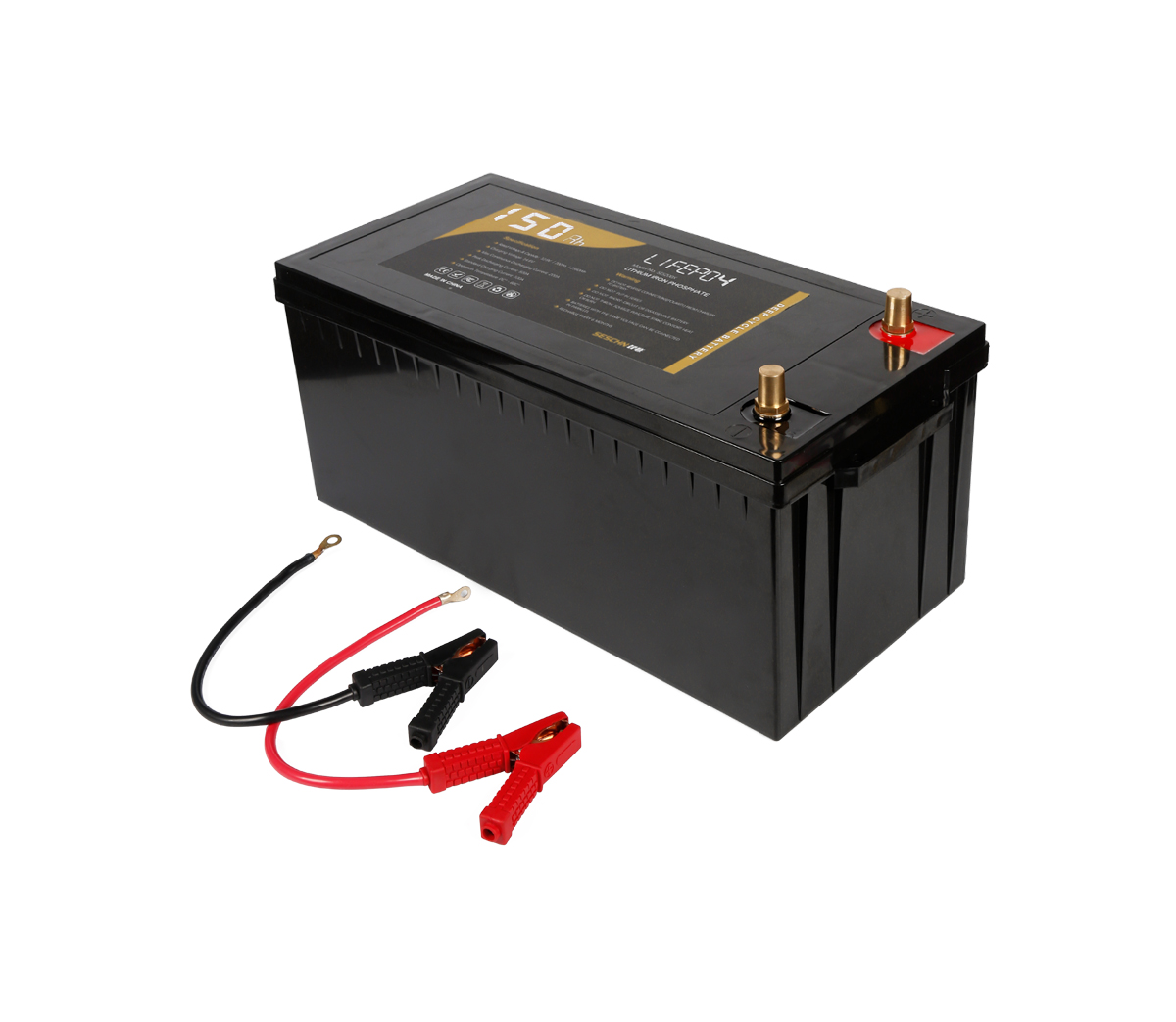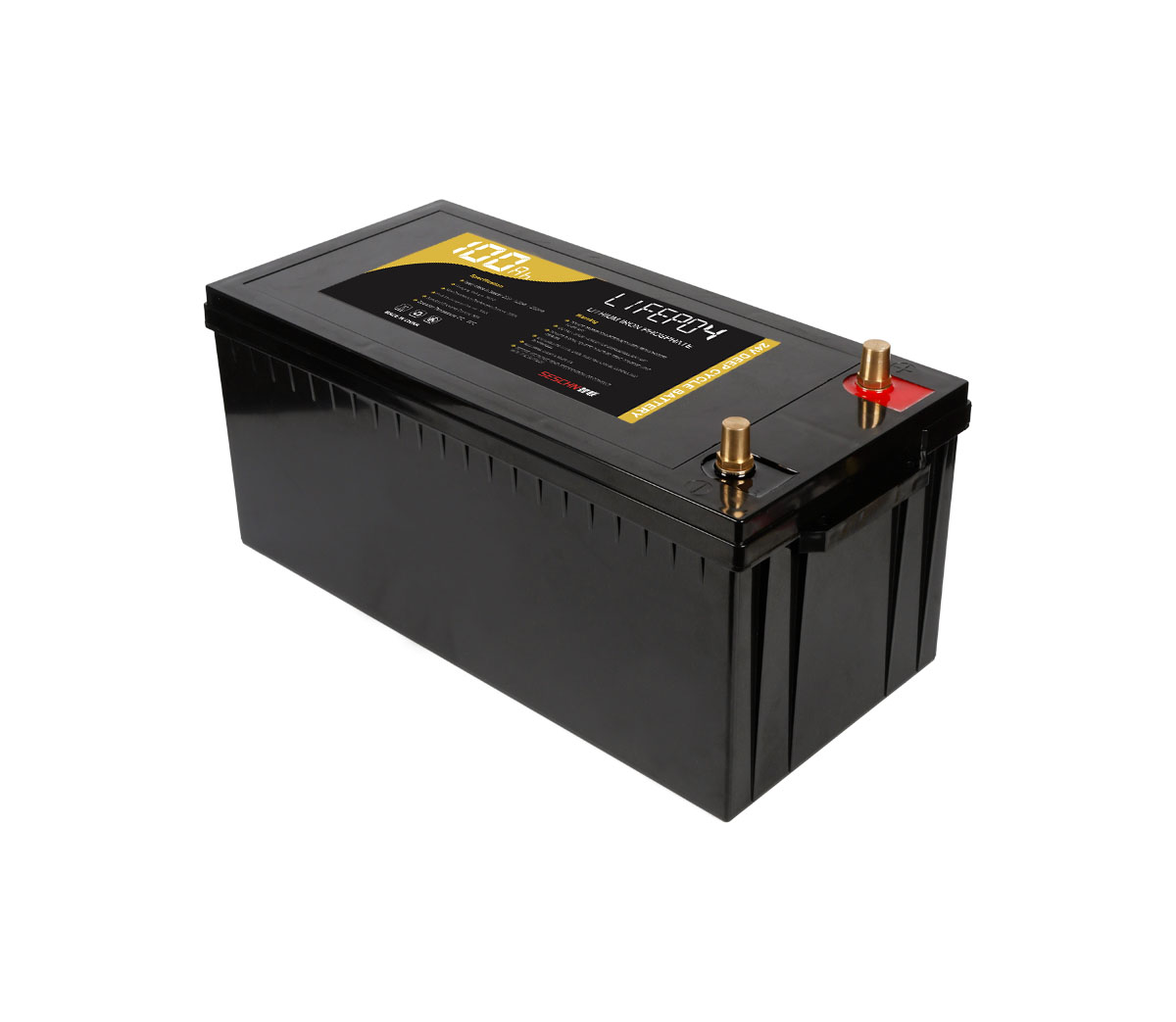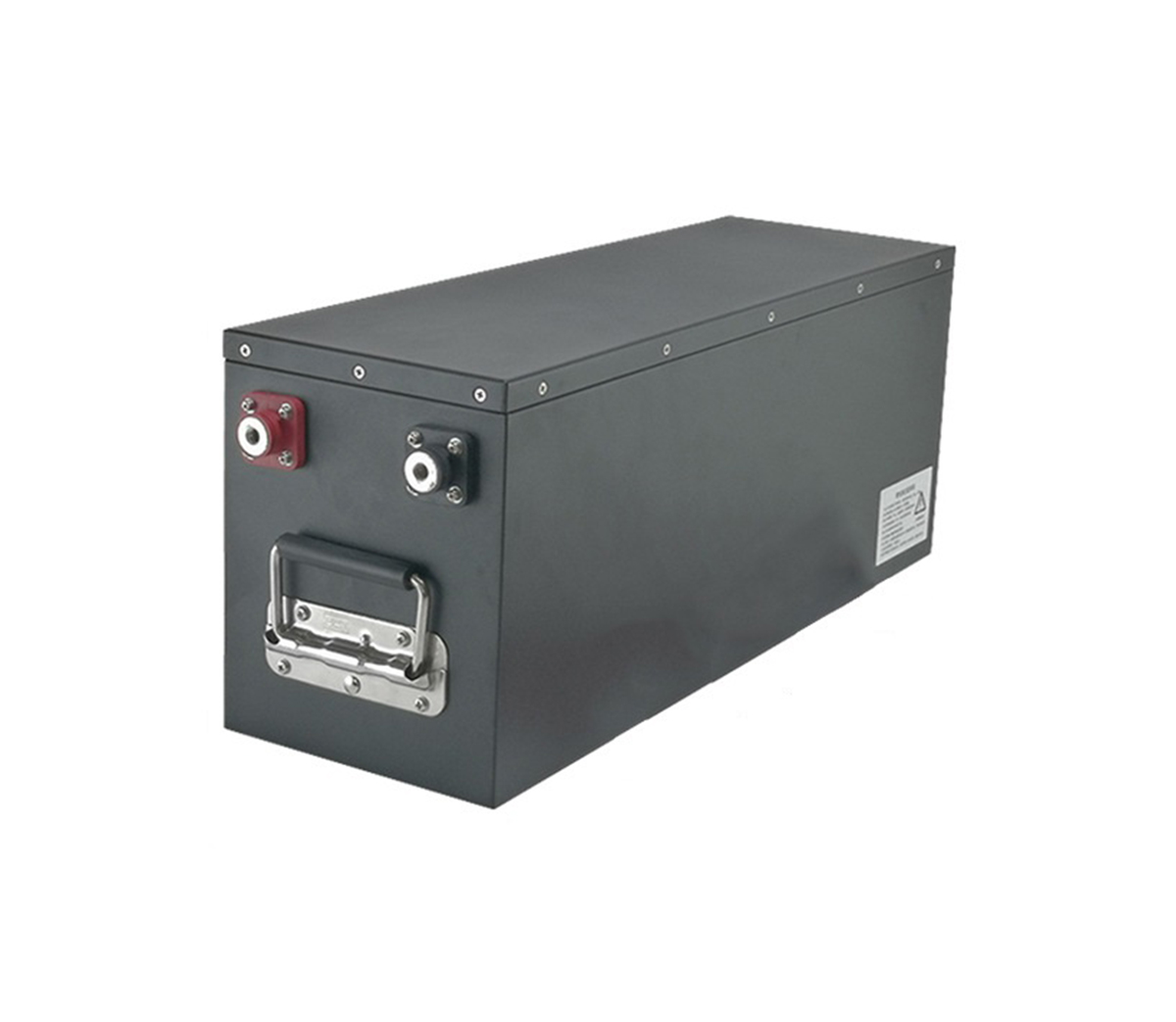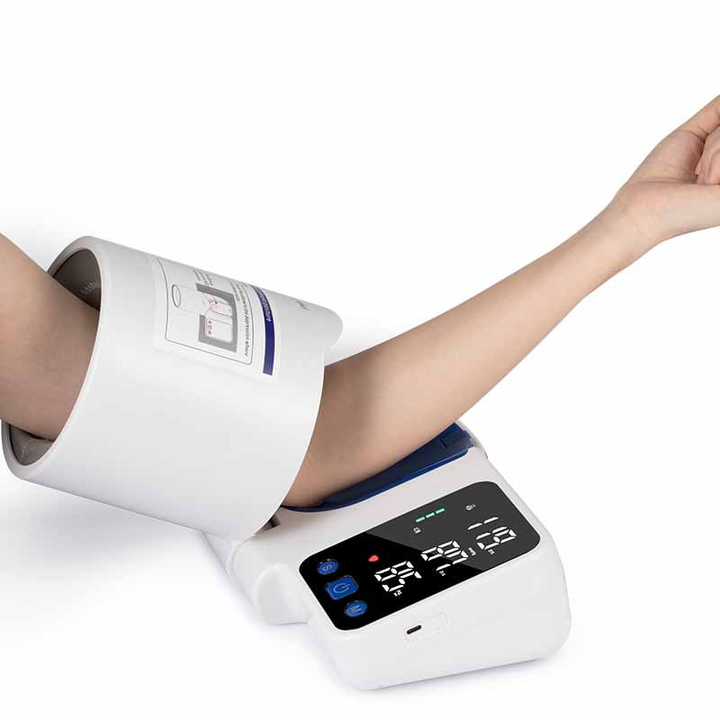
In addition, a large amount of capital has been invested in projects to
expand the production of lithium-ion batteries, which has increased the pressure
on other competitors to rely solely on price competition. The lithium-ion cost
curve is the sum of other technologies for various applications, but it is
mainly used for electric vehicles and electronic products, so it cannot
accurately reflect the cost of lithium-ion batteries used in practical
applications.
David Bradwell, co-founder and senior vice president of commercialization
and chief technology officer of flow battery manufacturer Ambri, said that the
cost of utility-scale lithium-ion batteries has some unique characteristics that
are not found in many lithium-ion cost curve forecasts. Fully reflect.
Bradwell pointed out that lithium-ion batteries are also susceptible to raw
material risks because they use metallic cobalt, and their price has doubled
recently. Nickel can also be used as a substitute, but this trade-off is that it
will reduce the cycle life of lithium-ion batteries. "This is no problem for the
application of electric vehicles, but it is not suitable for grid applications."
Bradwell said.
Other energy storage technologies
MIT’s research paper mentions many types of energy storage technologies,
such as compressed air energy storage and kinetic energy storage, but the
technology considered as the main competitor of lithium-ion batteries is flow
battery technology.
Flow battery stores and generates electric current through the exchange of
electrolytes. Unlike lithium-ion batteries, flow batteries can achieve almost
unlimited charge and discharge cycles. By adjusting the size of the container
that contains the electrolyte, the flow battery can be expanded and contracted
more easily than lithium-ion batteries to meet discharge requirements.
However, unlike lithium-ion batteries, various flow batteries are still
undergoing fierce technological competition. The return efficiency of a flow
battery is much lower than that of a lithium ion battery because of the
parasitic load of the pump required to move the electrolyte between the
electrolytic cells. However, the main advantage of flow batteries is that they
can provide a longer discharge duration by enlarging the electrolyte storage
cell. Nevertheless, flow batteries are still difficult to gain wide acceptance
in the market.
"This is definitely an uphill battle." said Paul Ferrera, business
development manager for flow battery manufacturer PrimusPower. He pointed out
that lithium-ion batteries can be discharged continuously for four hours and are
adapting to grid-scale applications. He said that for many applications (such as
substation switching or energy conversion from the peak of solar power
generation to the rise in the evening), flow batteries are a more viable
option.
"The biggest advantage of flow batteries is the low cost of raw materials."
Ferrera said. PrimusPower has reduced the raw material cost of the zinc-bromine
flow battery to US$50-60/kWh, while the raw material cost of the lithium-ion
battery is about US$125-150/kWh.
Because Primus's flow battery technology does not require ion exchange
membranes and can use a single flow circuit for electrolyte exchange, the unique
flow battery claimed by Ferrera has the same cost as lithium-ion batteries. "The
price of our flow batteries can compete with lithium-ion batteries." He
said.
Process advantage
Ferrera said that he believes that as future production and manufacturing
become more efficient, flow battery technology will quickly surpass lithium-ion
batteries on a cost basis. He said that the flow battery will not reduce the
utilization rate and reduce the need to replace the battery cost, nor will it
reduce the construction cost of the project, thereby reducing the life cycle
cost of the energy storage project.
Ferrera said that the flow battery is particularly suitable for projects
designed to help solve the "duck curve" problem because it can store large
amounts of electricity during the day and release the electricity to the limit
during peak hours at night. He said, "Our flow battery is very suitable for
solving the duck curve problem. It can implement 100% discharge and unlimited
cycles."



































